I have a number of weaknesses, my ability to endure high temperatures only one of them. I can’t explain it, but I’m worse than a snowman a hot summer day. On a recent trip through the Mojave desert with the mercury tipping 110ºF, I thought I was going to burst into flames or dissolve in a puddle of sweat. My heat induced agony lead me on a search of the best summer riding suit and after several failed experiments, have finally found my salvation, the Rukka Airman suit.
One of the problems with motorcycle suits in general, even mesh suits, is that they often only include specific areas of ventilation. Those suits with narrow slits for vents are the worst offenders and I don’t care how big they are, none of those vents cool an entire body. Even my previous summer suit with its large mesh panels only seemed to ventilate portions of my jacket and pants.
Constructed entirely of AFT two-layer Cordura, the fabric employs a specific knit that uses AirPower Technology to create a highly breathable shell. That outer fabric is also 2-7 times more durable than polyester, cotton, or even standard nylon. The result is a jacket that not only offers optimal protection, the entire suit has impressive air pass-through. It is also supple and not stiff making it feel less bulky and in turn––less hot.
(Below) The removable stash pocket is waterproof and secured to the jacket with a lanyard. It’s a nice touch and a feature I use on every ride. The inner security pocket is deep and easily accessed.
It doesn’t have the appearance of a highly breathable fabric, but it moves air as well as open mesh.
Inside the Airman suit are the features we would expect of a premium product. The shoulders, elbows and knees are protected with Rukka’s own D30 Air Limb protectors certified to CE Norm 1621-1 standards. Those protectors are soft, pliable, and with their large vent holes, are very comfortable. The inside of the jacket and pants are lined with a soft wicking material to help manage moisture, and like many European jackets, there is the option of using a central strap to pass through the rider’s legs to keep the jacket pulled low and in place.
As is common with suits of this nature, waterproofing is provided by removable liners for both the top and bottom. That GoreTex liner is paired to an Outlast layer which is a technology created by NASA. Outlast is a phase-change material designed to store and release heat for optimal comfort. It effectively regulates the micro-climate within the jacket amplifying the performance of the GoreTex layer. Unlike many liners I have used in the past, the Airman’s two liners are easy to install or remove and don’t bunch or bind when in place. The jacket liner also has inner security pockets and elastic cuffs to seal out weather and wind. Given the highly breathable nature of the outer shell, I often use the liner to defend against early morning temps that often precede a hot day in the desert.
The liner is nicely made and zips in with ease. The elastic cuffs seal out the weather and are comfortable on the wrists. The wicking inner layer of the liner is essential for all day comfort in wet conditions. (Below) The collar has a soft interface and the magnetic closure makes snaps seem obsolete.
The zippered pleats at the lower hips of the jacket allow for a fine-tuned fit particularly when the front and back pockets are fully loaded. (Below) The zippered cuffs are a favorite feature and help with the installation of the liner.
The exterior features of the Airman jacket are minimal, which is something I find all too rare. I tend to eschew jackets with too much busy work. Sometimes less is more and the elegantly simple layout of the Airman’s pockets and adjustments is refreshing. The two front cargo pockets are not too big, and the left side pocket even features a waterproof removable stash pouch secured with a nylon webbing lanyard. The back pocket is large enough for big items, but not so big to be cumbersome.
On either side of each hip, the jacket has two zippers to allow for expansion so the jacket doesn’t bunch or ride up. With a long tail, the jacket offers excellent coverage without feeling bulky, and the side webbing adjustments keep the jacket trimmed and close to the body.
The two small pockets located near the ribcage are nearly invisible and designed to fit into the clean aesthetic of the jacket, although I have noticed the nylon liners within those two pockets block some of the air pass-through. Other refinements include magnetic closures at the collar, and over the storm flaps on the pockets. The snaps at the biceps and forearms allow for ample adjustment to accommodate under layers and the velcro cuffs are flanked by 6-inch long zippers for a quick on/off.
The pants feature many of the attributes of the upper including highly articulated and reinforced joints. At first glance the horizontal zippers of the front pockets seemed strange, but after several days traveling in the suit, are pure genius. If inadvertently left unzipped, as I’m prone to do, the pocket opening remains high enough to secure the pocket’s contents. Standard pockets want to unload everything within as soon as you sit down, which we all do.
The lower aspect of the pants, an area I find frequently ill-designed, are perfect. Many pants incorporate too many layers or zippers. The Airman pants have a single zipper for easy on/off and one velcro cuff for optimal adjustment to keep the pants properly positioned low on the leg. The knee armor is located perfectly and comfortable. The suspenders are a nice addition for those of us with a bean-pole build, and overall the fit is lean and not overly baggy.
Conclusion
Pulling the Airman jacket and pants out of the box for the first time, I could not have been more impressed with the quality of materials and construction. The aesthetic is also eye catching in its simplicity. I’m a little tired of the space suit appearance, and the Airman is a sharp looking suit. After riding in this combination for well over two thousand miles, I can now confirm it is without question, the most comfortable suit I have worn to date. This after completing a year long review of nine different suits for Overland Journal.
Most importantly, the Airman suit does what it is designed to do, keep the rider as cool as possible. Air pass-through is unparalleled and moves air throughout the entire suit. With my confidence in the Airman combination I even dared another ride through the Mojave. With temps pushing 105ºF I was––very comfortable. I now don’t fear the sun. MSRP: Jacket $899, Pants $629
Nit Picks
As we have all learned, no suit, and indeed no product, is ever perfect. The Airman only has a couple foibles, neither of them deal breakers and are barely worth mentioning. First are the zippers and their small size. Dust is the arch enemy of zippers and can clog the Airman’s zippers. I’ve been able to avoid any issues with good maintenance and cleaning of the zippers and sliders.
The other niggle, and this is more of a compromise than a negative, is the soft hand of the fabric. While it breaths beautifully, it does flap and buffet more than stiffer fabrics. It presents a catch 22 situation. While soft and pliable is nice, if your bike doesn’t offer optimal wind protection, and you can’t dial in the fit just right, the buffeting might become tiresome after a long day.
Pros:
- Extremely well made with premium materials top to bottom
- Clean aesthetic and no more features than necessary
- Rukka’s D30 armor is as comfortable as amor gets
- Offered in a wide range of sizes (particularly the pants) for optimal fit
- One of the more comfortable suits I have tested to date
- Clever and useful pocket designs
- Well designed liners top and bottom
Cons:
- Some may experience fabric buffeting at speed
- Did not come with back armor which it should for $900. It needs it.


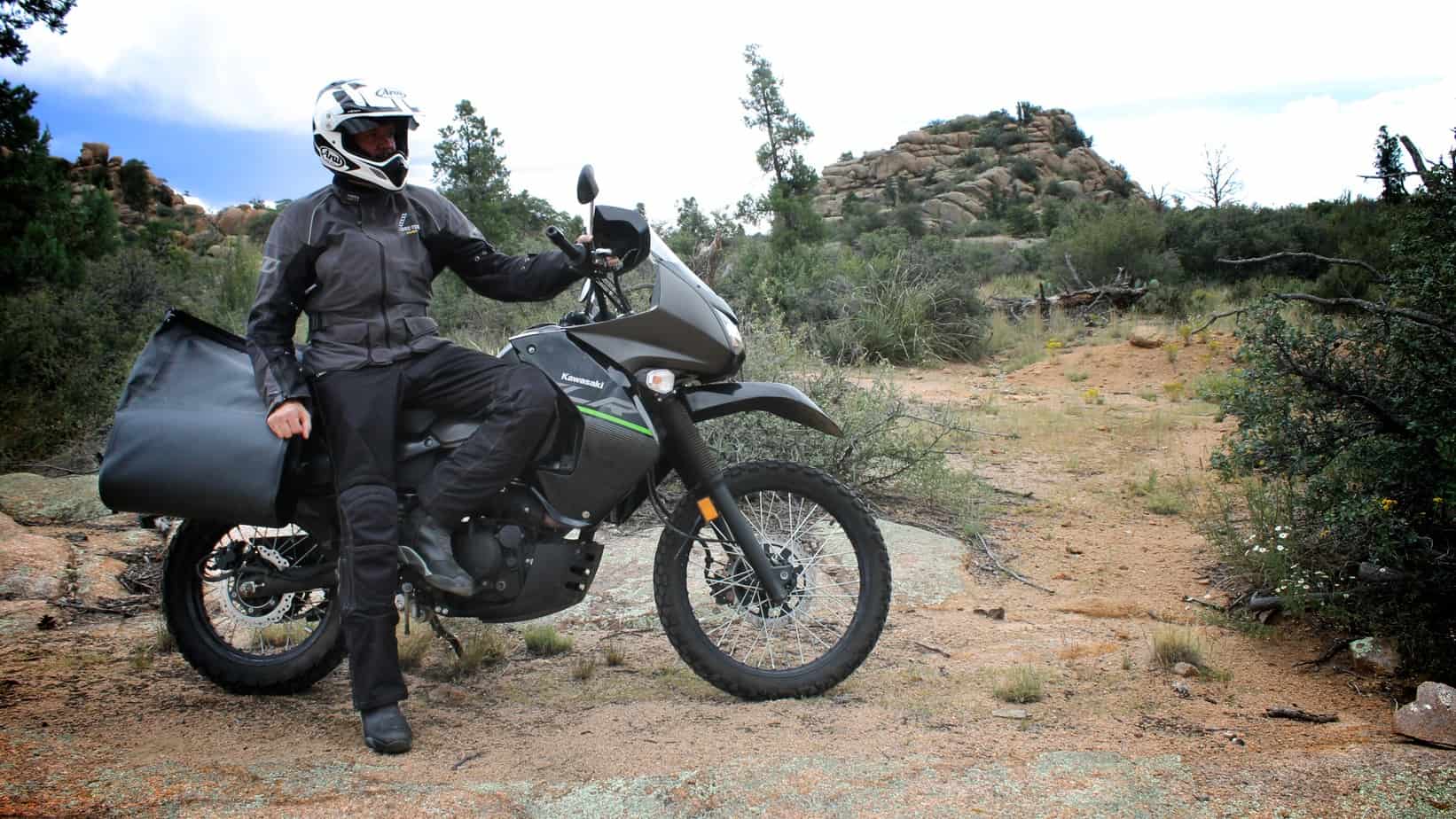
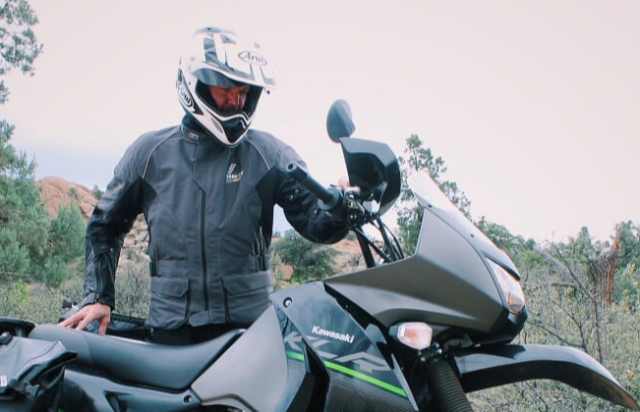

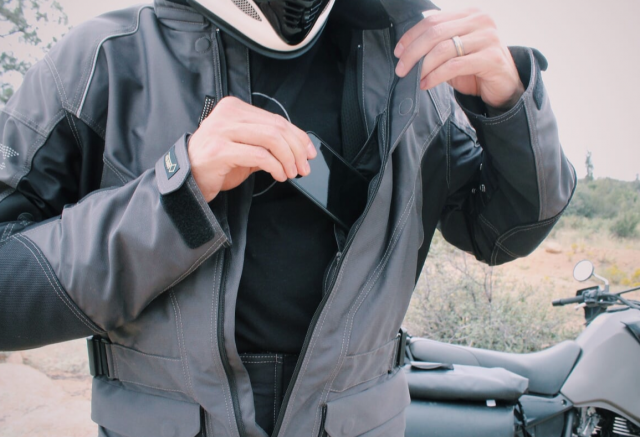
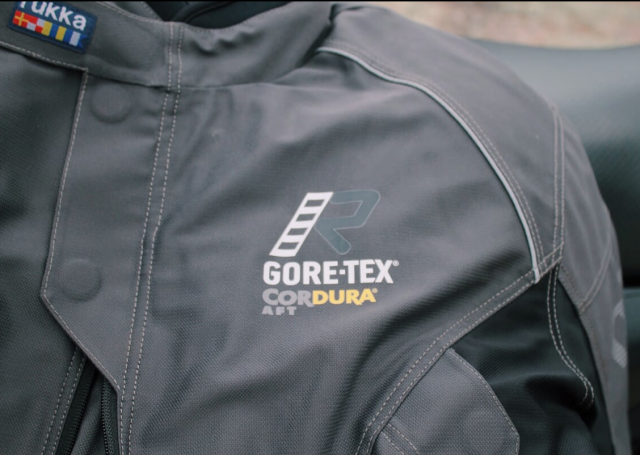
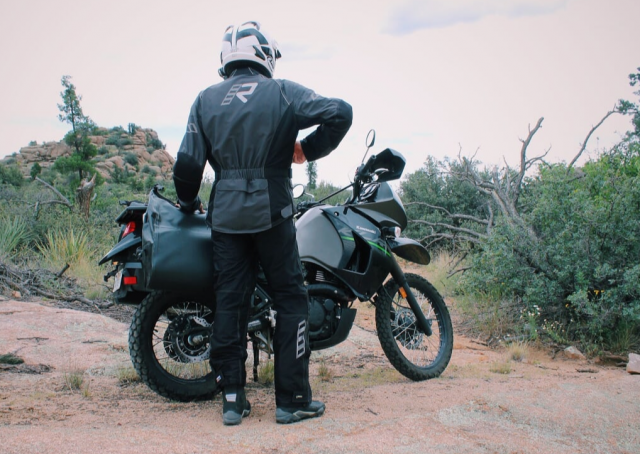
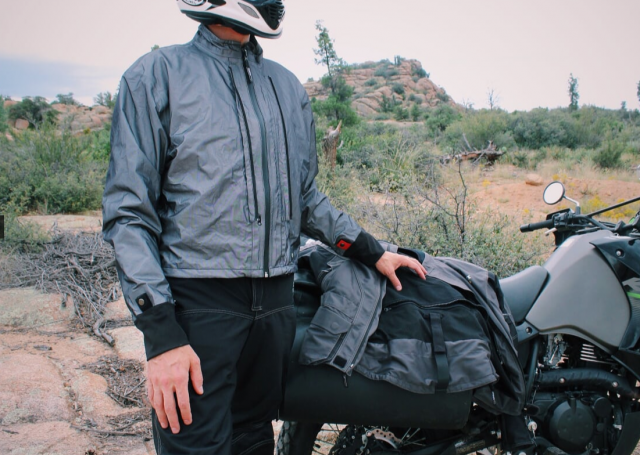

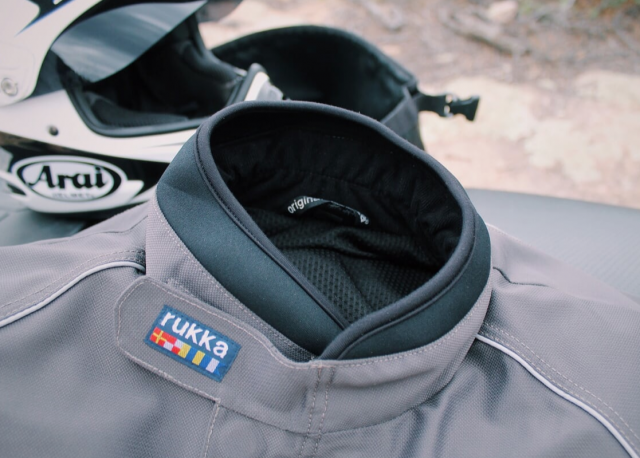
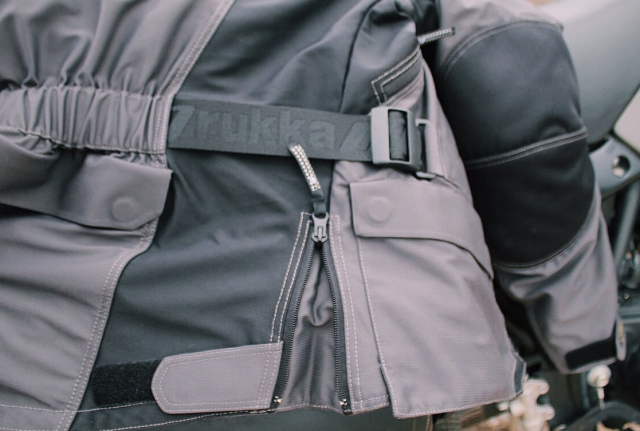
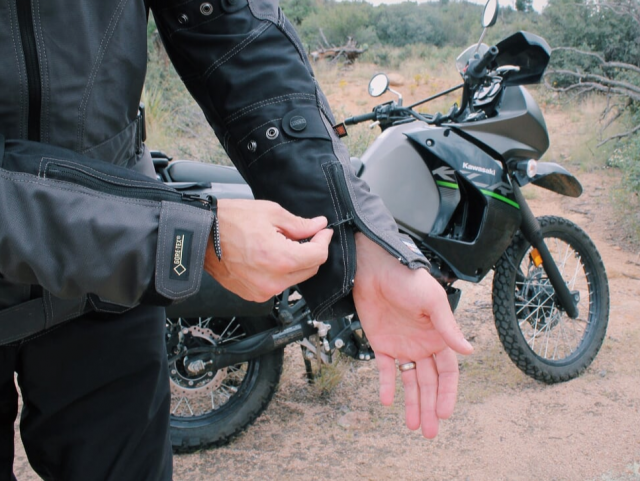


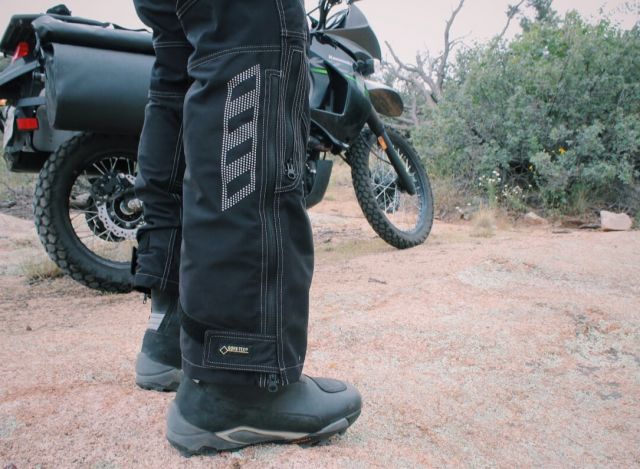
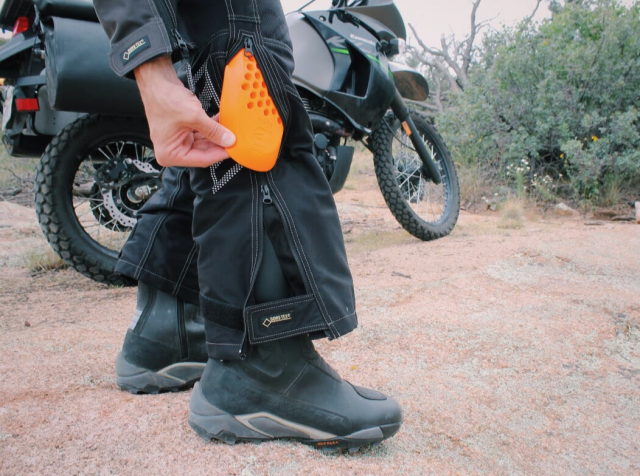
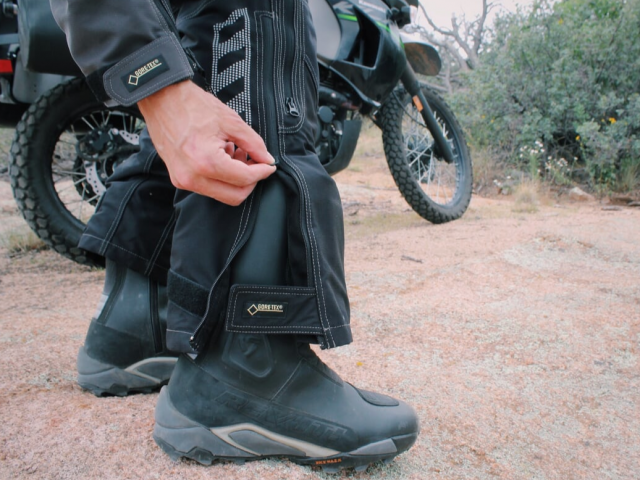
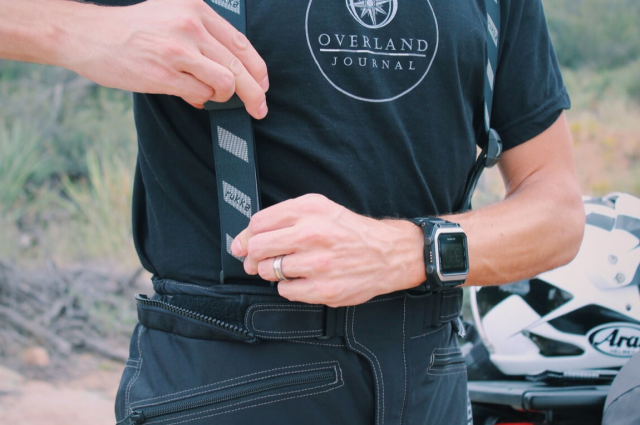

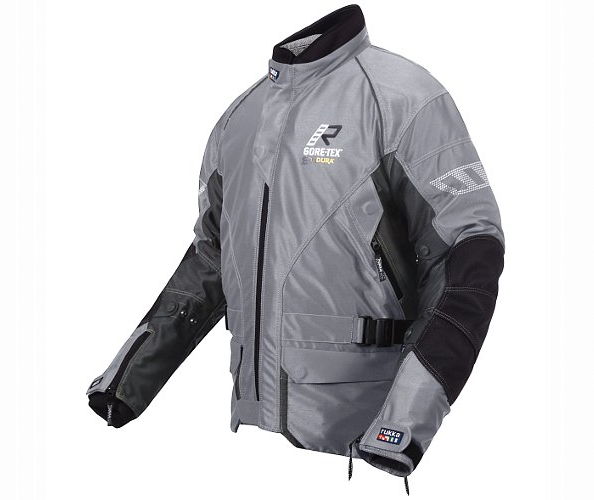

One Comment
jwilli
November 5th, 2018 at 3:10 amYou didn’t mention sizing! Could you comment on that please!